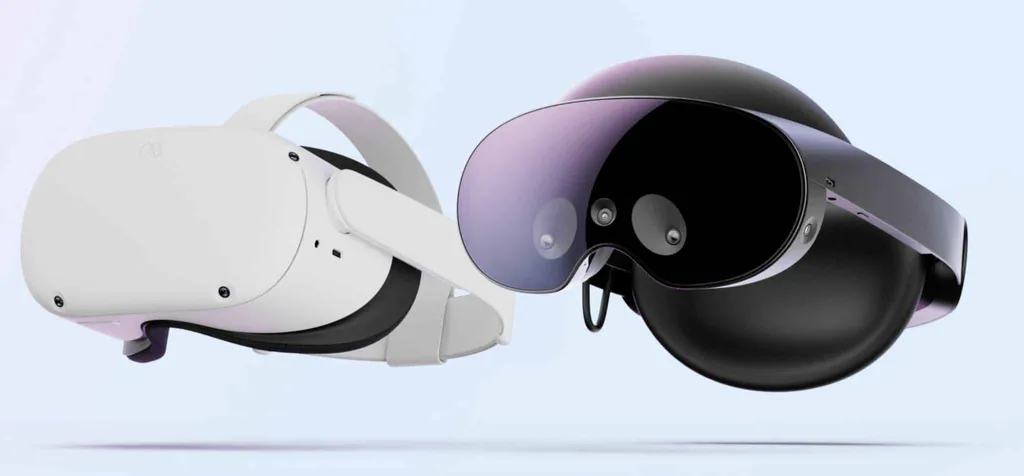Meta CTO Andrew Bosworth said that the facial expression tracking technology in Quest Pro is still years away from making it into the more affordable line of Meta’s VR headsets.
The Quest Pro launched late last year for $1500, featuring technology that can track the user’s eyes and facial expressions for use in VR. Quest Pro is the first in a new line of more expensive, high-end headsets from Meta, available alongside Quest 2, the current generation of Meta’s more affordable VR product line.
In a recent Instagram AMA, a user asked Bosworth how long until we see facial expression technology in a “non business VR headset.”
Bosworth noted that Quest Pro isn’t strictly a business headset – it’s marketed as a productivity and remote work-capable device and is available to consumers as well – but nonetheless stated that Meta wants the facial expression tracking to become “more affordable for more people.”
However, Bosworth then stated that the extra cameras for that tracking are expensive, as is the processing power they require. This means that Meta executives “don’t see a path to getting that in [more affordable headsets] in the next year, two years, three years honestly.”
Meta is expected to launch Quest 3 later this year, the next generation of its affordable consumers VR product line. Previously, Meta CEO Mark Zuckerberg indicated that face and eye tracking would be “a big focus” for the Quest 2’s successor. However, apparent leaked schematics last year appeared to show a Quest 3 headset without capability for face or eye tracking. Given Bosworth’s recent comments, it’s looking increasingly likely that Quest 3 – and potentially even its successor – won’t include the cameras needed for full face and eye tracking.
You can read Bosworth’s full response transcribed below:
Question: How long before facial expressions can be shown in the metaverse with a non business VR headset?
Bosworth: Yeah, the Quest Pro isn’t just for business. Certainly there are people who are really passionate about being expressive in virtual spaces, especially given how popular social is, who have the discretionary income to afford it and will do. But certainly you’re right, we do want to make it more affordable for more people.
It’s going to be a while, years. Why? All those extra cameras are expensive, is the answer. Like extra cameras, the processing power to do those cameras… a lot of the pieces required to pull it all together. We just don’t see a path to getting that in in the next year, two years, three years honestly… to a more [unintelligible].
Now there’s lots of other ways that you can get face tracking – potentially an outside in camera. Those are things we’ve thought about, [but] haven’t really integrated yet. It seems pretty clunky for most use cases. So for now, Quest Pro is your best bet.
Bosworth later rerecorded and uploaded an additional response to the same question, as the audio quality on the original wasn’t great. Here’s Bosworth’s second response:
It’s going to be a little while, it’s going to be years. The reason is simple: all those extra cameras and the compute power required to actually do the face geometry and the recognition… has a lot of trade-offs with it, and one of the main trade offs is cost.
We don’t consider the Quest Pro to be exclusively for businesses, it’s what I use for gaming and entertainment and for social things, obviously I know it’s a high price point for that, but if people can afford it, it’s great. But I think it’s going to be the best available for several years at least.





























